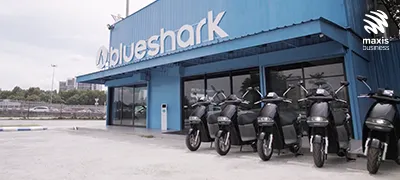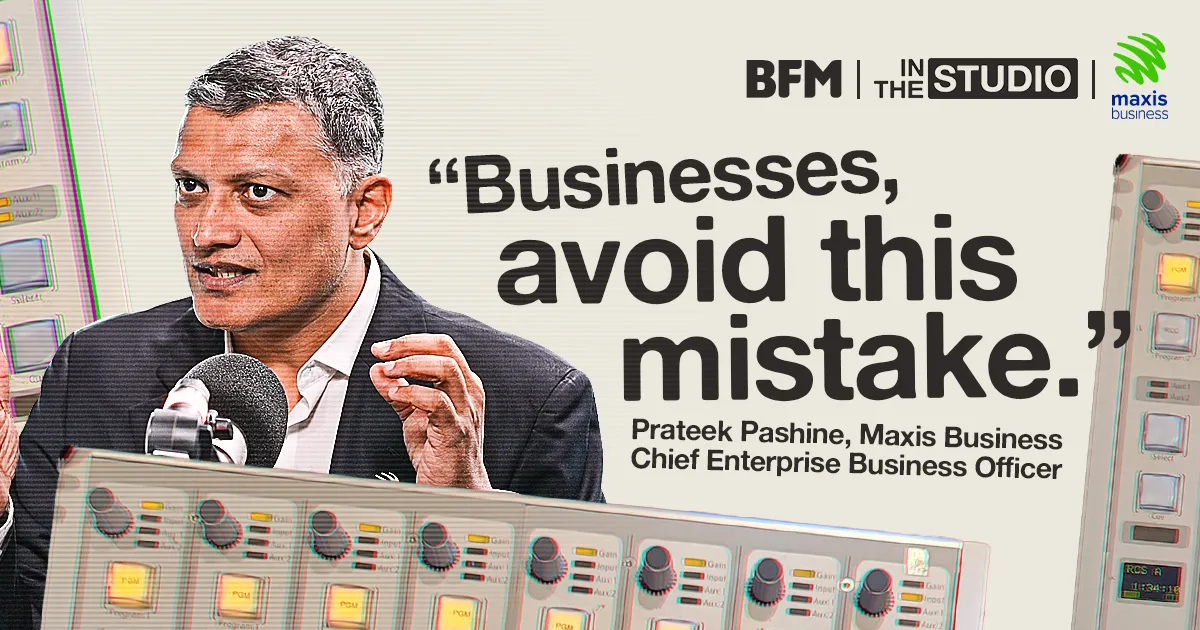Why the Future of the Mall is Smart
Malaysia has an abundance of malls – close to 700 in fact, with a projected total net lettable area of 170 million sq. ft. by the end of 2019. How would all these malls survive, given how competitive the domestic retail market has become? The simple answer is that they would need to evolve, and it is an urgent need given decreasing footfall.
Even internationally, foreign retail chains are struggling, with some big names such as Toys 'R' Us entering administration or choosing to exit markets such as Malaysia. These chains are often anchor tenants that malls had often relied on to attract visitors.
This trend highlights the need for malls to diversify their offerings, instead of relying on known retail names to drive business. Alongside that change is the need to embrace new ways of operating and that would include incorporating technologies such as the Internet of Things (IoT).
IoT is simply a network of smart devices that are capable of connecting to the internet to sense, communicate, and interact with the world. This includes smart meters, lights, cameras, and more. The idea is that the more visibility and control you have over your business environment, the better you can improve efficiency and control costs.
With IoT's steady proliferation and the fact it has reached a stage of maturation that makes it presently viable opens the way for malls to transition to a new model: smart malls.
IoT: retail-ready
How would IoT contribute? IoT offerings have become diverse and mature enough to cover all aspects of retail. From front-facing applications such as POS to tracking and managing inventory as well as security, IoT's versatility and range make it a perfect fit for retail.
It's a global trend that could easily be adopted locally. A recent study on the future of retail found that 96% of retailers are ready to bring IoT devices into their operations to strengthen relationships with customers.
IoT can help retailers learn more about their customers, tailor their offerings to be more attractive, and enable new innovative solutions for retail.
One example of that is Kroger’s partnership with Microsoft to co-develop smart shelves. Kroger is America’s biggest supermarket chain and its bid to digitalise its shelves is part of its efforts to better serve customer needs.
The shelves will display prices in real-time – with discounts and markdowns being changed on the fly – digital coupons downloadable to mobile devices, and advertisements.
Such a solution would be a way to differentiate retail store offerings and help drive footfall, as such a personalised, sensory experience could not be truly replicated online. It also demonstrates how IoT can increase productivity and make better use of employees.

Evolving with customers
Smarter malls can also lead to a smarter approach to retail. With the data captured via customer interactions, retailers can better adjust to customer trends and behaviours.
IoT sensors can be used to track not just inventory levels, but also to identify which items sell out the most and which are not worth restocking. They can also be used to track customer buying patterns, discern the ROI on specific layouts or displays, and help make better decisions.
Being able to collect viable and meaningful data on your customer base is certainly invaluable in this information age, especially as retail trends change quickly and customers prove more discerning.
The reality is that many shoppers have turned to online shopping for convenience as well as the ability to more easily make price comparisons. Being able to make purchases from the comfort of their homes is attractive when compared to having to go through traffic and the hassle of parking their vehicles.
What smart malls need to offer is what online can't: hyper-personalised, real-time shopping experiences that make visiting a mall something to anticipate. Using IoT data on what attracts customers to malls can also help mall operators tailor their offerings to encourage visitors to spend more time at the mall.
Rather than aim to compete directly with online stores, smart malls would instead find points of convergence. Shoppers could look up items online, receive information of special in-store only promotions, and then be equipped with the knowledge of the availability of their desired purchase.
When done right, online stores can help drive footfall instead of decreasing it. It's all a matter of understanding the strengths and weaknesses of both platforms and finding a way to make them complement each other.
It is not just about connecting things; with IoT, retailers have the ability to connect both things and people, and we will look at how retailers can use that to their advantage.






